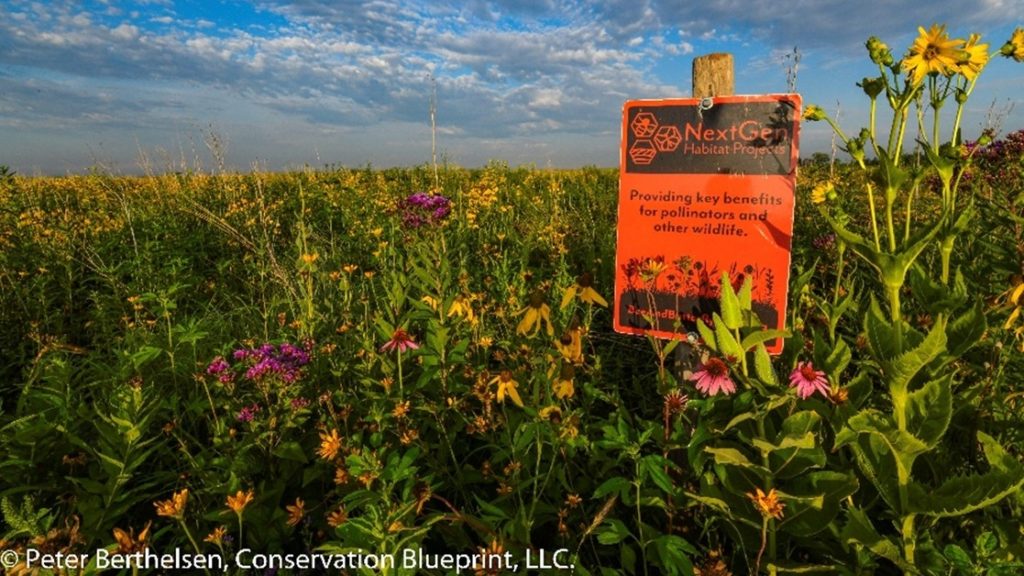
Ag lands across the U.S. have a critical opportunity to positively impact monarch butterflies and other pollinators. But we have to make every acre planted count by optimizing the returns to both farmers and pollinators. Farmers and land managers understand site prep for planting takes attention to detail. Planting pollinator habitat is no more difficult but it does require attention to different details if you have not done it before. Fortunately, the Bee and Butterfly Habitat fund (BBHF) just released a helpful guide outlining the necessary steps for planning, preparing, planting, and maintaining great pollinator habitat. It’s called the Pollinator Habitat Establishment & Management Guide and it provides extensive information for preparing land for pollinator habitat, for both spring and fall/winter dormant seeding. The guide is a wealth of information and we will briefly touch upon a few of its recommendations in this blog post. Since this post is only a high-level overview of the recommendations, we strongly encourage you to download and read the entire document.
The first step recommended by the guide is to define your objectives because that will help guide you in all of the steps that follow, such as seed mixture design, site preparation, planting methods, site maintenance and future management. There are several questions to consider when defining an objective, including what conservation outcomes you are hoping for, identifying the pollinator species you wish to benefit, and determining how else the site will be used.
After establishing objectives, land managers can choose their seed mix. Fortunately, the guide lays out several guidelines for determining a pollinator seed mix. An ideal seed mix is cost-effective, has a high pollinator value, meets the land manager objectives and fits the site requirements. Seed mixtures should be designed to remain attractive to pollinators for years to come.
The next step is the most crucial: site preparation. The guide provides in-depth information for this step. It recommends knowing the site history, including crop, noxious weed, and herbicide use history. It also provides recommended wait times following herbicide use and even offers three different plans for establishing pollinator habitat. A site plan decision tree will help you determine which plan to follow. Following these steps is vital. Once your site is planted, the options for improving or correcting the site become very limited.
When determining which type of seed mix to plant, farmers should know how it will be planted. The BBHF guide recommends two primary seeding methods: broadcast-seeding and using a no-till seed drill. Farmers need to weigh the pros and cons of each method as it relates to their land. Following planting, different maintenance approaches will be required depending on your chosen seed mix. For example, planting a monarch butterfly seed mix requires a ‘Sleep, Creep and Leap’ philosophy: in year 1, the planting appears to be asleep; in year 2, it starts to creep; and in year 3, it leaps as a successful project.
The guide also gives important details about project maintenance, best practices, and frequently asked questions. We also recommend visiting the state resources page on the Farmers for Monarchs website for more information on cost sharing programs, commercial seed providers, technical assistance, and other informational resources. Establishing pollinator habitat takes planning and dedication, but there are more resources than ever before available to farmers and other land managers that make the process more simplified than it has ever been.

